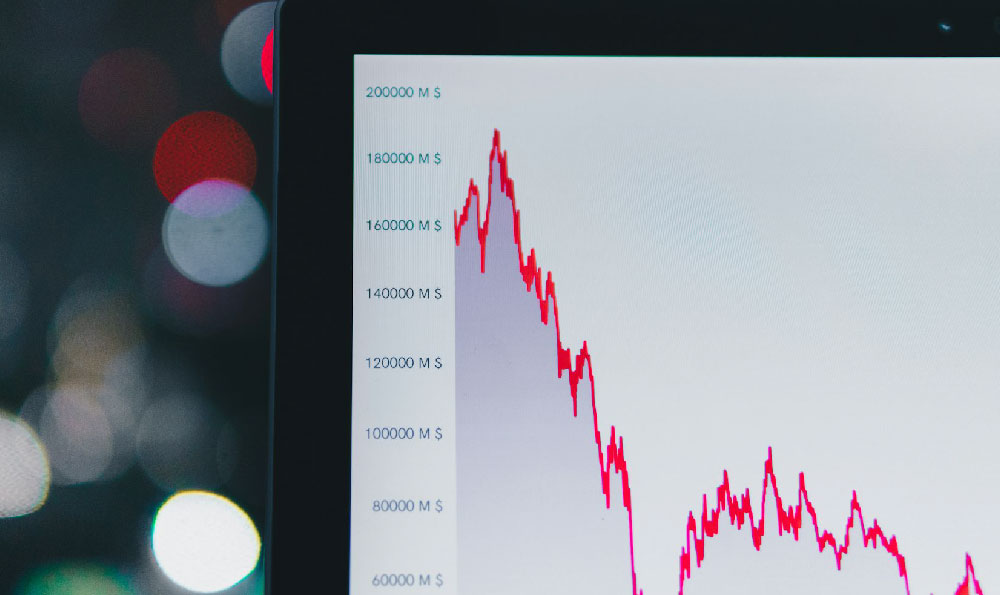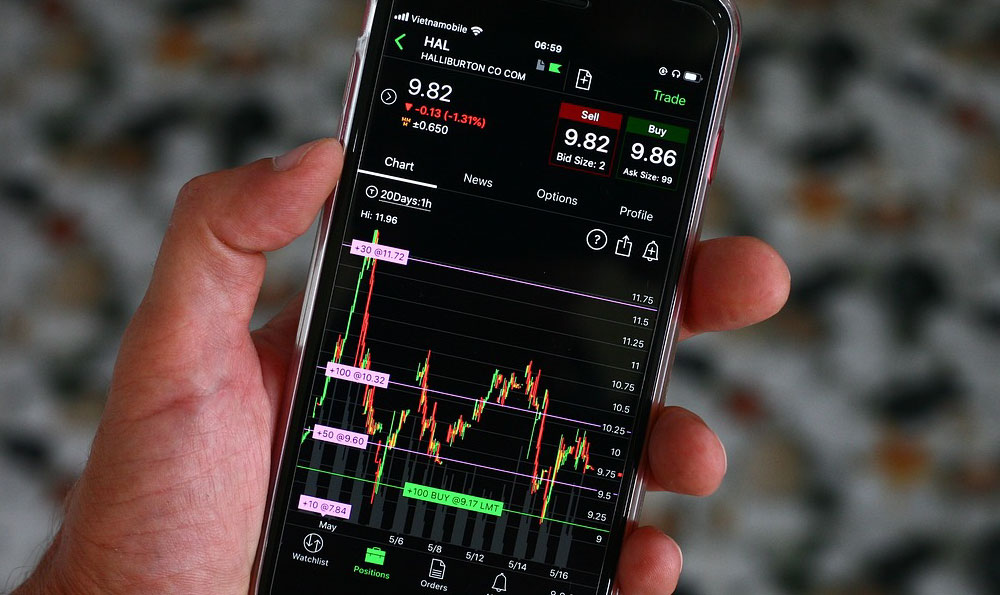Privatized prisons, a subject rife with ethical debate and complex financial structures, generate revenue through a multifaceted approach centered on government contracts and cost management strategies. Understanding their profit models requires delving into the intricacies of these contracts, the ways they reduce operational expenses, and the supplementary services they provide to generate additional income.
At the core of their revenue generation lies the per diem rate. Governments, often at the state or federal level, contract with private prison companies to house inmates. These contracts stipulate a daily rate paid for each occupied bed. This per diem rate constitutes the primary source of revenue for these facilities. The specifics of these contracts are crucial. A higher per diem rate, naturally, directly translates to greater revenue. Some contracts also include occupancy guarantees, where the government agrees to pay for a certain percentage of beds, regardless of whether they are occupied or not. These occupancy guarantees, often termed "lockup quotas," are particularly controversial as they can incentivize higher incarceration rates.
Beyond the per diem, the efficiency with which private prisons manage their operations significantly impacts their profitability. They strive to minimize operational costs across several key areas. Labor represents a substantial portion of expenses, and private prison companies often employ strategies to reduce these costs. These strategies may include lower wages for correctional officers compared to their public sector counterparts, reduced benefits packages, and increased reliance on part-time or contract employees. Training programs for staff may also be shorter or less comprehensive than those in public prisons, further contributing to cost savings.

Another area of cost reduction lies in healthcare. Providing adequate medical care to inmates is a significant expense. Private prisons may attempt to minimize these costs by limiting access to specialists, reducing the quantity and quality of medical staff, and negotiating lower rates with healthcare providers. The quality of food provided to inmates is another area where costs can be cut. Serving cheaper, less nutritious meals, and reducing portion sizes can contribute to significant savings over time. However, these cost-cutting measures often raise concerns about the well-being of inmates and potential violations of human rights.
Furthermore, private prison companies often leverage economies of scale to reduce expenses. By managing multiple facilities across different states, they can negotiate better prices with suppliers for food, medical supplies, and other essential resources. Bulk purchasing and standardized operational procedures contribute to greater efficiency and lower costs per inmate.
In addition to the primary revenue stream from per diem payments, private prisons often generate supplemental income through ancillary services. These can include services offered directly to inmates or their families. For instance, inmates may be charged for phone calls, email access, commissary purchases (snacks, hygiene products, etc.), and entertainment options. The prices for these goods and services are often significantly higher than what would be charged outside the prison environment, allowing private companies to generate substantial profits. These markups are a point of criticism, as they disproportionately affect low-income families who are already struggling to support incarcerated loved ones.
The provision of inmate transportation services can also be a source of ancillary revenue. Private companies may contract with governments to transport inmates between facilities, court appearances, or medical appointments, charging fees for these services. Furthermore, they may offer vocational training programs or educational opportunities to inmates, charging fees for participation.
Profit models also vary depending on the specific contract type. For example, design-build-operate (DBO) contracts grant private companies greater control over the design and construction of prison facilities, allowing them to implement cost-saving measures from the outset. These contracts often extend over longer periods, providing greater revenue stability for the private operator.
The structure of financing also influences profitability. Private prison companies often utilize debt financing to fund the construction of new facilities. While debt allows them to expand their operations, it also introduces financial risk, as they must generate sufficient revenue to cover interest payments and principal repayments.
It's crucial to understand that the financial incentives embedded in the private prison model can create perverse consequences. When profitability is tied to occupancy rates and cost-cutting measures, there is a potential for conflicts of interest. The desire to maximize profits can incentivize companies to lobby for stricter sentencing laws, oppose criminal justice reform, and reduce spending on programs that could reduce recidivism. These actions can perpetuate cycles of incarceration and undermine efforts to create a more just and equitable criminal justice system.
Finally, the increasing scrutiny and public debate surrounding private prisons are affecting their profit models. Growing concerns about human rights abuses, poor conditions, and the potential for political influence are leading some governments to reconsider their reliance on private prison companies. Some states and the federal government have already begun to reduce or eliminate their contracts with private prison operators, creating uncertainty for the industry's future. Divestment campaigns, aimed at persuading institutional investors to withdraw their financial support from private prison companies, are also gaining momentum, further impacting their access to capital and overall profitability. The future of private prisons and their profit models remains a topic of considerable discussion and evolving public policy.












